The Arabic word “mass” meaning to press softly.
The Greek word “massien” to knead.
The French word “masser” meaning friction or kneading.
The Portuguese word “amassar ” to knead.
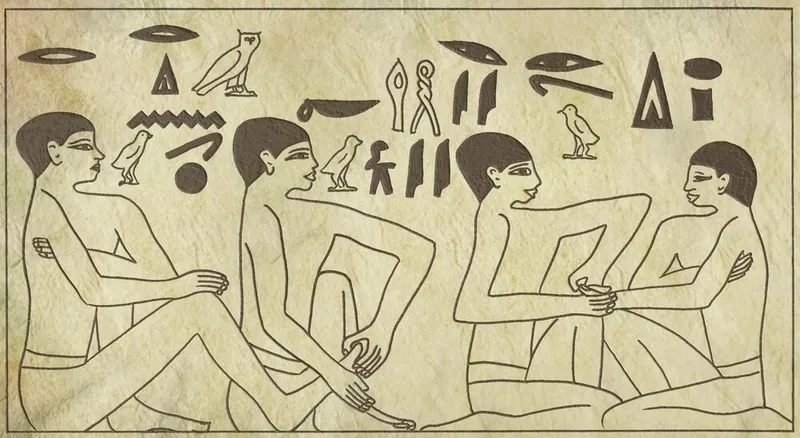
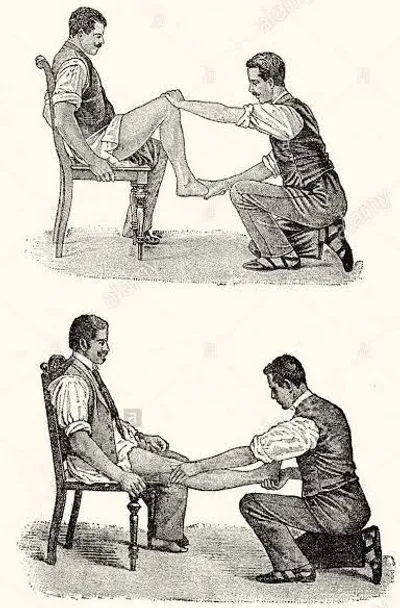
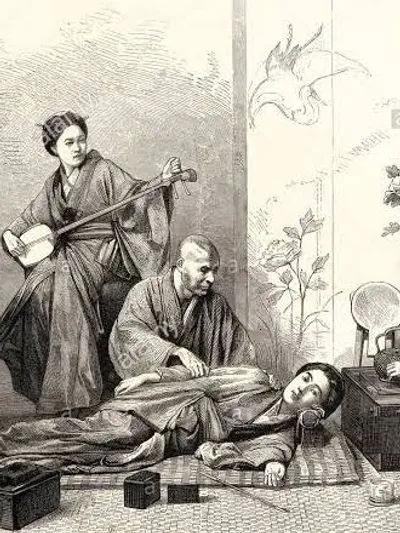
There are many types of massage therapy. They are as varied as the cultures where they originate. From Swedish massage to Shiatsu massage the goal with each type of massage therapy is improvement to health.
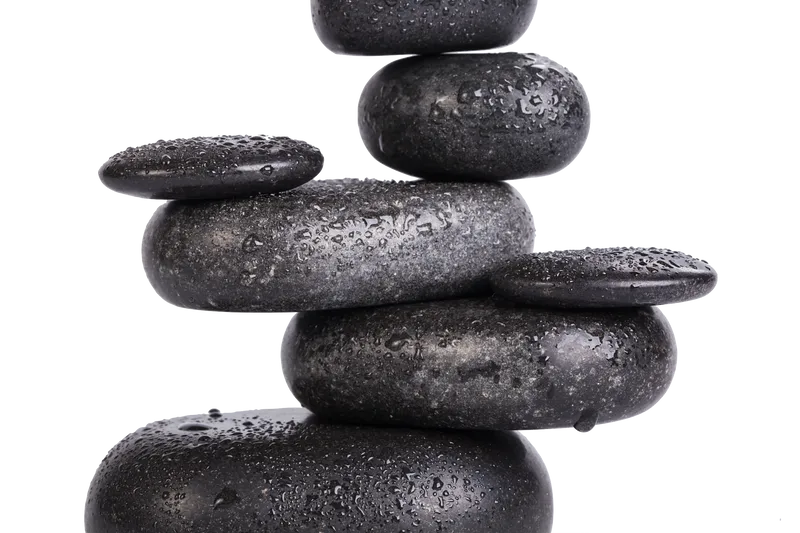
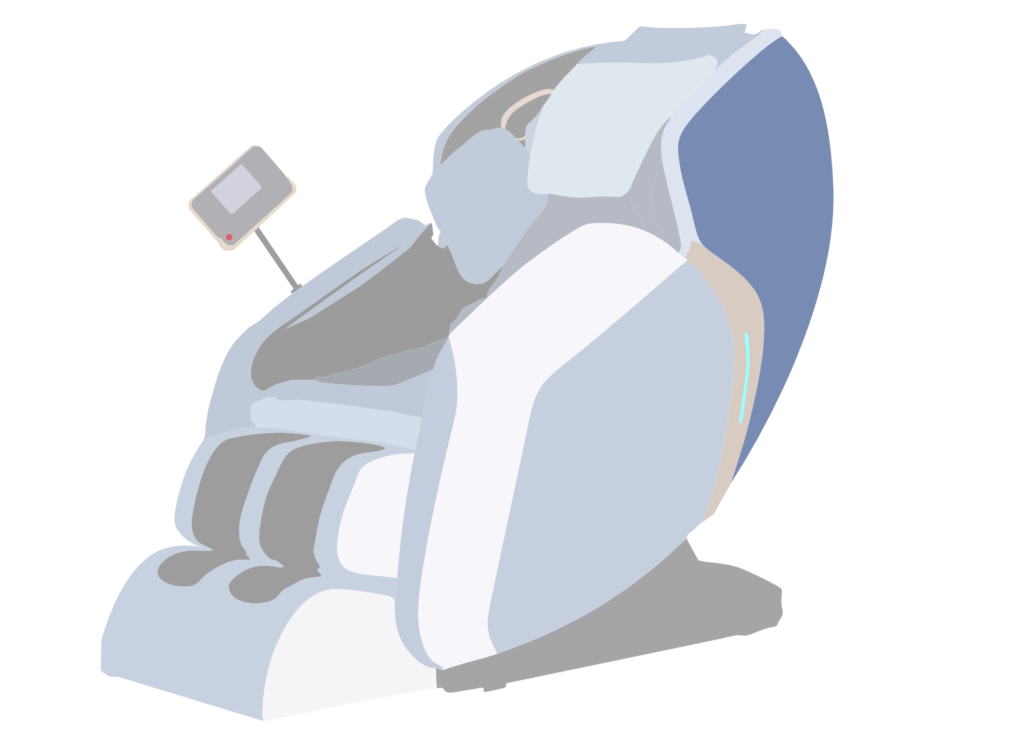
*Images shown here are for representational purpose only, actual may vary. All features, specifications and prices are subject to change without prior notice. Model availability may vary from location to location.
**Price of the items may vary depending upon quantities and other factors (You can contact us before making payment for better deals and offers).
Shipping and Delivery timeline is from 3 days(min) to 18 days(max) depending on the pincode of delivery.
*Image simulated for illustrative purpose.
**Color and model availability may vary depending on country.
Copyright ⓒ 1977-2022 BLAKOLE All Rights reserved. Please dispose of e-waste and plastic waste responsibly.